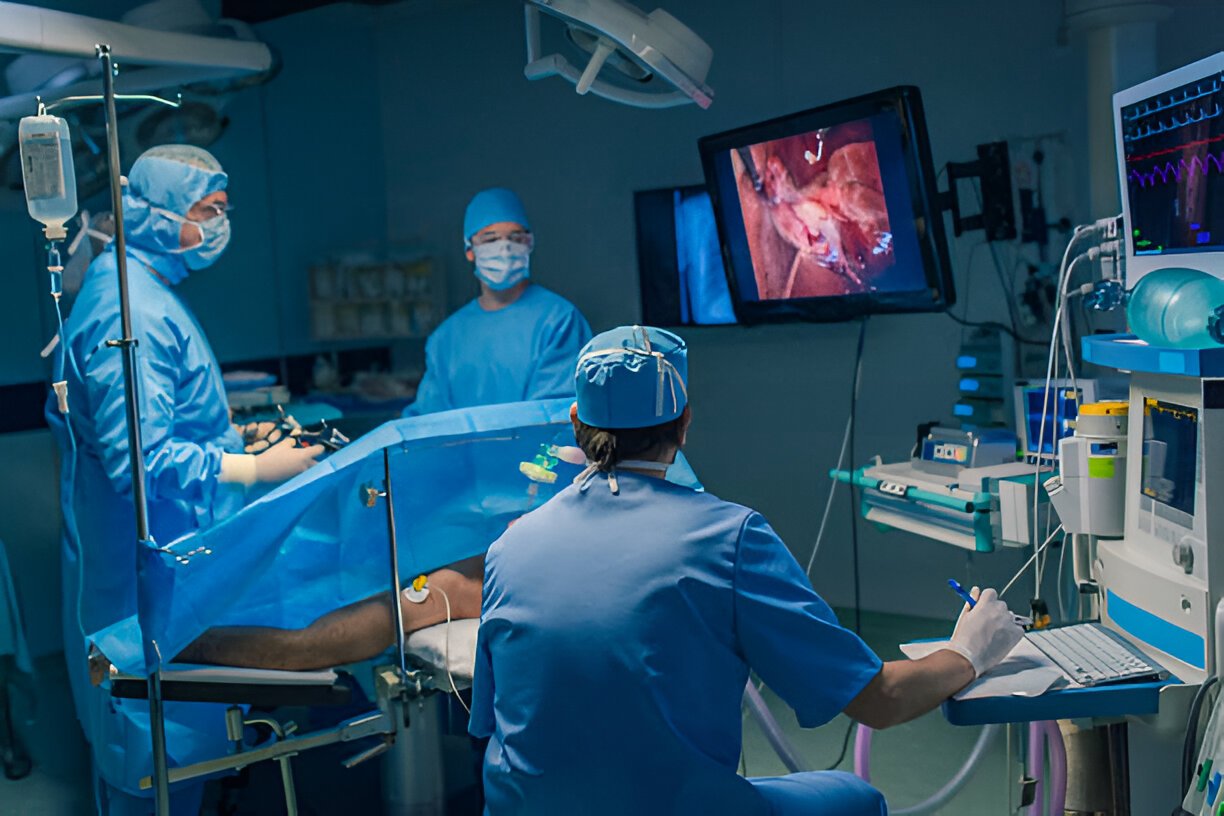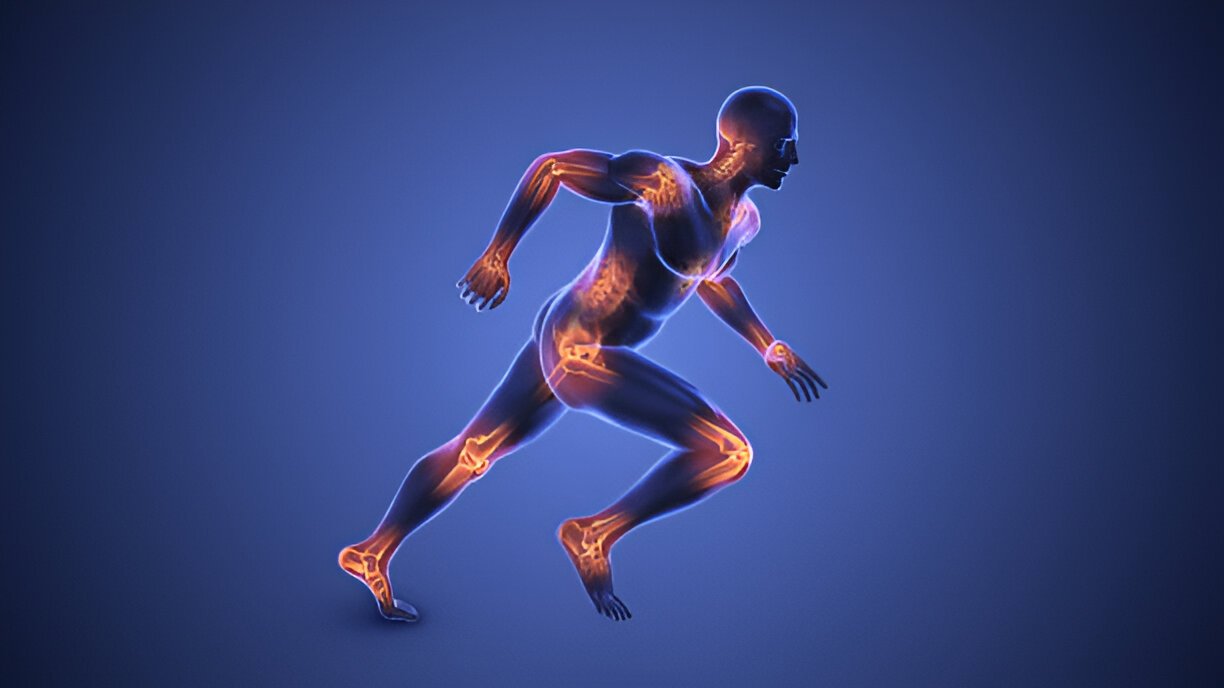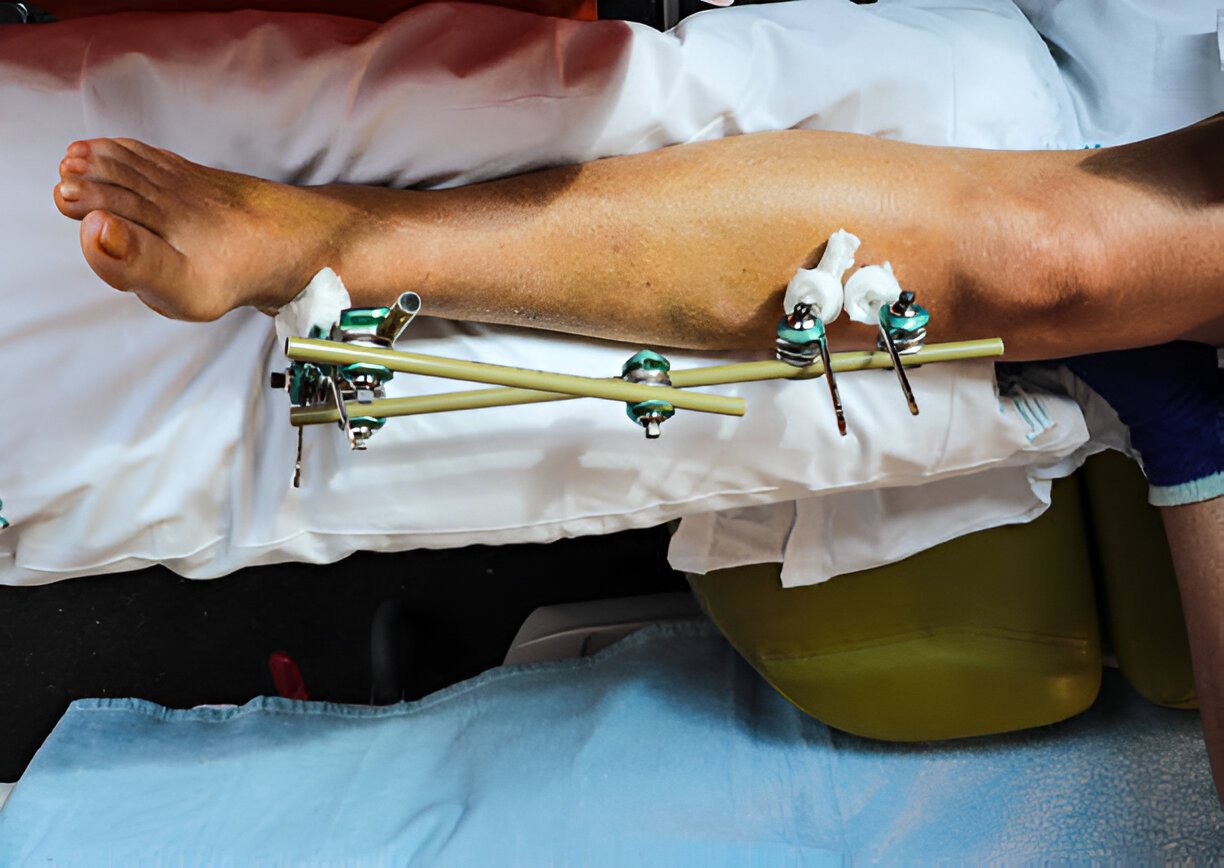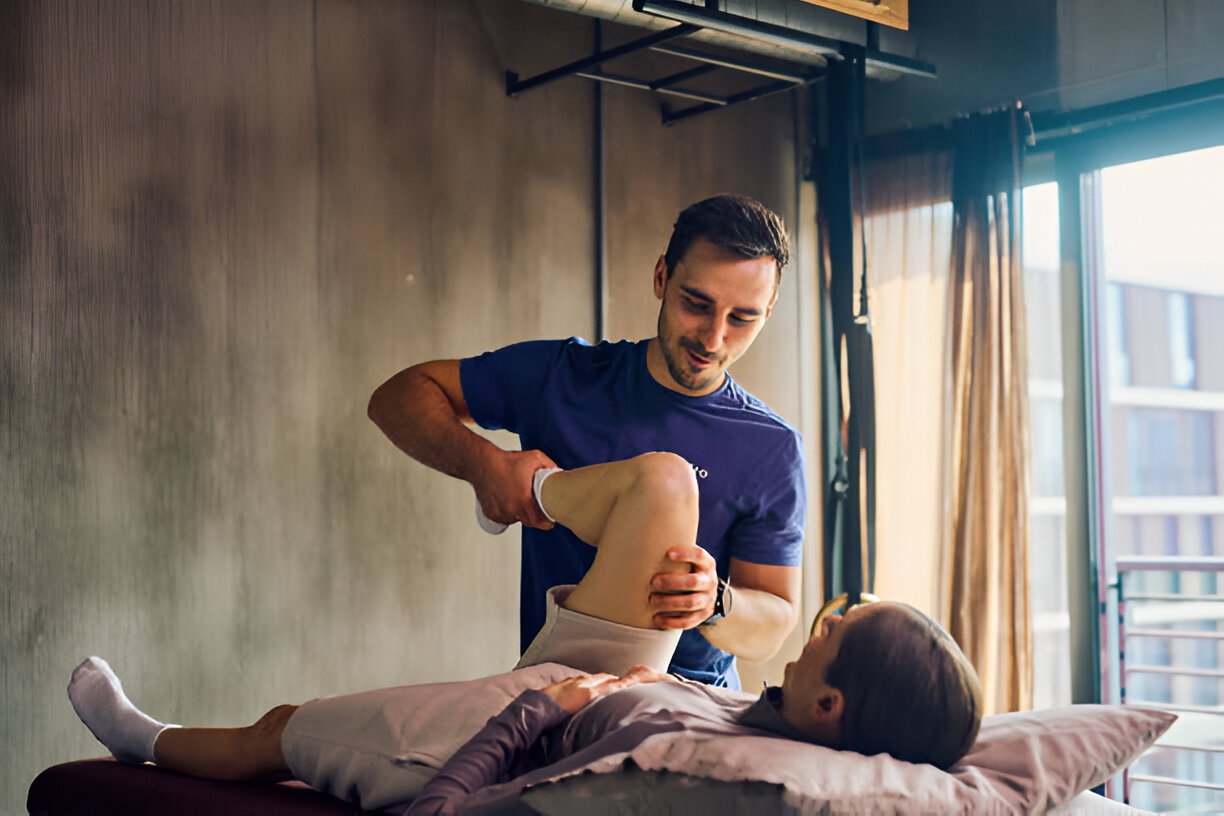Arthroscopy and Advanced Orthopedic Procedures at Abhaya Hospitals

At Abhaya Hospitals, we specialize in complex trauma surgeries, focusing on the treatment of pelvic and acetabular fractures. These injuries often result from high-impact trauma, such as car accidents, falls from heights, or severe sports injuries, and can significantly affect a patient’s mobility and quality of life. Timely and precise surgical intervention is crucial for a successful recovery.
Pelvic Fractures Pelvic fractures often occur due to severe trauma and can be life-threatening due to their proximity to vital organs and blood vessels. These fractures can involve the pelvic ring, sacrum, or iliac bones. Our expert orthopedic surgeons use advanced techniques to treat these complex injuries, including:
- Surgical Fixation: Using plates, screws, and rods to stabilize the pelvis and restore its structural integrity.
- Minimally Invasive Techniques: When possible, we employ minimally invasive methods to reduce recovery time, minimize blood loss, and decrease the risk of infection.
- Rehabilitation and Recovery: Post-surgery rehabilitation is crucial for restoring mobility, strength, and stability. Our team of physiotherapists works closely with patients to help them regain function.
Common Causes of Pelvic Fractures:
- Motor vehicle accidents
- Falls from heights
- Direct trauma or blows (sports injuries, violent accidents)
- Osteoporosis-related fractures (in elderly patients)
Acetabular Fracture Surgery The acetabulum is the socket of the hip joint, and fractures here are typically caused by trauma that disrupts hip joint function. Acetabular fractures require complex surgical interventions to repair the fracture, restore hip joint function, and prevent long-term complications like arthritis or chronic pain. At Abhaya Hospitals, we offer the following treatments:
- Open Reduction and Internal Fixation (ORIF): A surgical procedure that involves repositioning the broken bone fragments and using screws, plates, or rods to hold them in place to restore the normal anatomy of the acetabulum.
- Minimally Invasive Surgery: In some cases, minimally invasive techniques are used to reduce tissue damage and speed up recovery.
- Hip Reconstruction: In severe cases, reconstructive surgery may be necessary to restore hip joint stability and function.
Symptoms of Acetabular Fractures:
- Severe pain in the hip or groin area
- Difficulty bearing weight on the affected side
- Limited range of motion in the hip joint
- Swelling and bruising around the hip


Arthroscopy (Keyhole Surgery)
What is Arthroscopy?
Arthroscopy is a minimally invasive surgical procedure that uses a small camera (arthroscope) and specialized tools to diagnose and treat joint problems. It is commonly performed on joints such as the knee, shoulder, hip, and ankle.
Benefits of Arthroscopy:
- Smaller incisions and less scarring
- Reduced pain and quicker recovery
- Lower risk of complications
Conditions Treated with Arthroscopy:
- Meniscus tears
- Ligament injuries (e.g., ACL, PCL)
- Rotator cuff tears
- Cartilage damage
- Joint inflammation
Sports Ligament Injuries
Overview:
Sports injuries often involve damage to ligaments, such as the anterior cruciate ligament (ACL), medial collateral ligament (MCL), or Achilles tendon. These injuries can severely impact mobility and performance. At Abhaya Hospitals, we offer both surgical and non-surgical solutions tailored to your specific needs.
Treatments Offered:
- Ligament Repair and Reconstruction: Using advanced techniques to repair torn ligaments or reconstruct them using grafts.
- Rehabilitation: Comprehensive physiotherapy programs to restore strength and prevent re-injury.
- Minimally Invasive Surgery: When surgery is required, arthroscopy ensures quicker recovery and reduced downtime.
Common Sports Injuries We Treat:
- ACL and MCL tears
- Rotator cuff injuries
- Tendon ruptures
- Sprains and strains
Osteochondral Autograft Transplantation (OATS)
What is OATS?
Osteochondral Autograft Transplantation is a surgical procedure used to treat damaged cartilage and underlying bone in the joints. It involves transplanting healthy cartilage and bone from one part of the joint to the damaged area.
When is OATS Recommended?
- For patients with localized cartilage damage
- For young and active individuals with limited joint damage
Benefits of OATS:
- Restores smooth cartilage surface
- Reduces pain and improves joint function
- Prevents further joint degeneration
Commonly Treated Areas:
- Knees
- Ankles
- Shoulders
Cartilage Restoration
What is Cartilage Restoration?
Cartilage restoration procedures aim to repair or regenerate damaged cartilage, preserving joint health and preventing arthritis. Cartilage injuries, if left untreated, can lead to chronic pain and joint degeneration.
Techniques We Use:
- Microfracture Surgery: Creating tiny holes in the bone to stimulate the growth of new cartilage.
- Autologous Chondrocyte Implantation (ACI): Growing and implanting the patient’s own cartilage cells to repair damage.
- OATS Procedure: Transplanting healthy cartilage from another part of the joint.
- Stem Cell Therapy: Using regenerative medicine to stimulate cartilage repair.
Why Cartilage Restoration is Important:
- Reduces pain and stiffness
- Improves joint mobility
- Delays or eliminates the need for joint replacement








